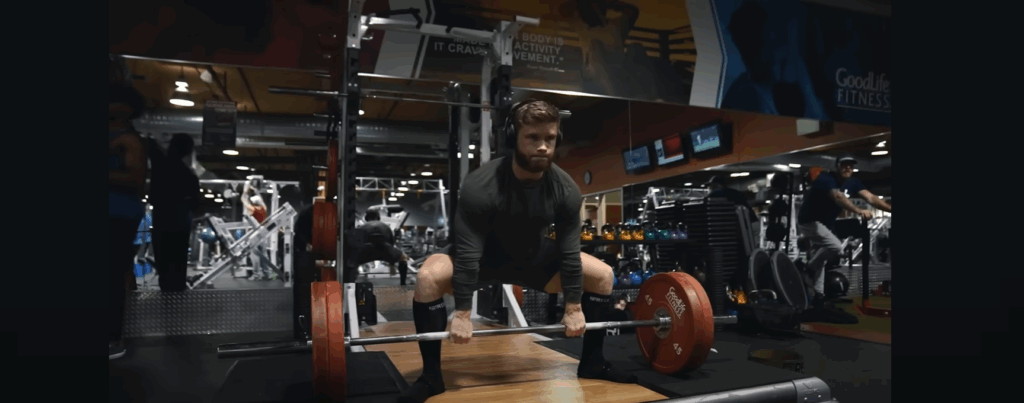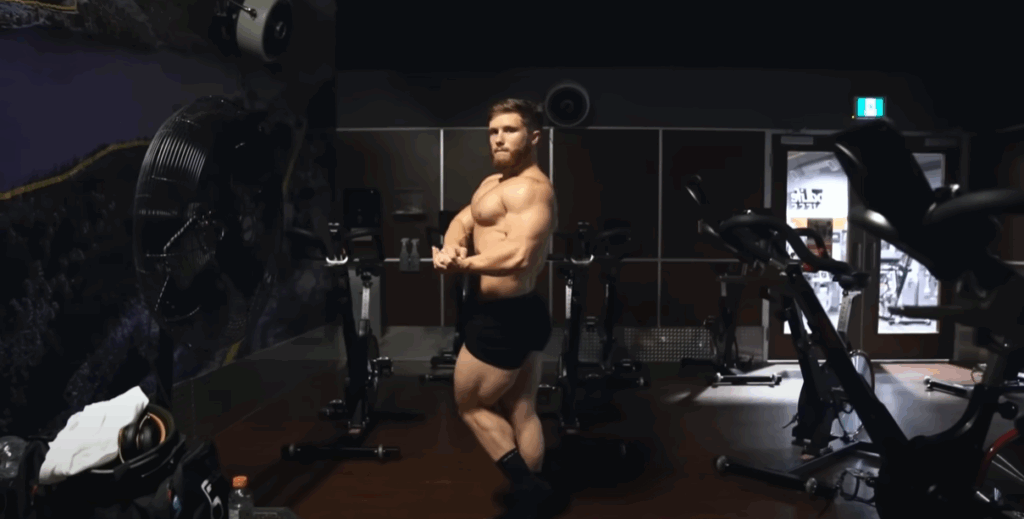High-Frequency Full-Body Training: My Experience After 6 Months
Over the past several months, I’ve committed to a high-frequency full-body training routine, and one question I keep hearing at the gym is: “How’s it going for you?” While I’ve previously discussed the theory and research behind this kind of training, I hadn’t yet opened up much about how it’s been working for me personally. So in this article, I’ll give you an honest, detailed breakdown of the pros and cons I’ve experienced with this approach to help you decide if it’s something worth trying.
Understanding the Full-Body Setup
Let me first clarify what I mean by high-frequency full-body training. It involves training the entire body in each workout, typically four to six times per week. This approach is different from traditional splits like push/pull/legs or upper/lower, where muscle groups are separated by day. Full-body training focuses on distributing volume and intensity across the week, hitting each muscle group more often but with less work per session.
Having trained for over a decade and tried almost every split imaginable, I’ve found that the “best” routine really depends on your individual goals, recovery ability, and schedule. No split is inherently superior; they each have their merits and drawbacks. With that in mind, here’s what I’ve discovered after sticking with a high-frequency full-body split for half a year.

The Downsides: Challenges You Should Expect
1. Easier to Overdo It
One of the main issues with high-frequency full-body training is that it’s easier to mismanage fatigue. Compared to something like a body-part split, where you only hit a muscle once per week, this style requires careful planning. If you’re too aggressive on Monday’s workout, especially for legs, you might still feel drained when it’s time to train legs again on Tuesday or Wednesday.
For experienced lifters, it can feel unnatural to just do a few sets per muscle group in a session. But that mindset has to shift—it’s not about crushing one body part per day; it’s about distributing your effort evenly over the week. Without that adjustment, you risk burning out quickly.
2. Not Beginner-Friendly
This routine demands a good understanding of programming. Beginners might not have the experience to properly balance volume and intensity across multiple sessions. For them, two or three full-body workouts per week is plenty and much easier to recover from.
When I started this high-frequency setup, I made the mistake of doing too much each day—trying to squeeze in all the volume I was used to from traditional splits. It left me worn out by midweek. Once I scaled back and spread my volume more evenly, things improved significantly.
3. Longer Gym Sessions
While some people can get their full-body workouts done in under an hour, mine usually stretch closer to 90 minutes. When you’re doing heavy compounds like deadlifts and bench presses in the same session, you’re looking at longer warm-ups and more setup time. This isn’t a deal-breaker for me because I enjoy training, but if you’re strapped for time, a four-day upper/lower routine might be more efficient.
4. Training While Sore
Initially, I often had to train sore muscles. For example, I’d hit quads on Monday and still feel it on Tuesday—but that’s leg day again. I’ve always experienced intense DOMS (delayed onset muscle soreness), even from my early days on bro splits. This made the transition tough at first.
However, after a few weeks, I adapted. The repeated bout effect kicked in, and I rarely get sore now. Still, it’s worth mentioning because the first month might feel rough until your body adjusts to the frequency.

5. Concerns About Joint Stress
A few people have raised the issue of joint wear and tear from training the same movements daily. Personally, I haven’t experienced any joint pain after six months, and I know many others who have done this for years without issues. The key is smart programming—alternating movement patterns, managing intensity, and listening to your body. For example, if you have shoulder issues, spacing out heavy pressing movements and including lower-impact accessories can help a lot.
The Upsides: Why I’m Loving Full-Body Training
1. Motivation Through Novelty
One unexpected benefit has been the renewed excitement I feel going into the gym. Trying something new reignites your drive. Physically, a new stimulus can prompt new adaptations. Mentally, the change keeps training interesting, which is especially helpful when you’ve been lifting for years.
2. Less Workout Fatigue
Instead of dreading a brutal leg day with five heavy exercises, I now just do one leg movement per session. This makes each workout feel manageable and less mentally draining. Despite the lighter daily workload, I’m still hitting the same—or even more—volume over the week.
3. No More Dreading Leg Day
Breaking up lower-body training across the week has made it more enjoyable. There’s no longer that one day you fear. Hitting a bit of leg work daily keeps the intensity high and the mental burnout low.
4. Strength Gains Despite Hypertrophy Focus
Even though my routine is geared more toward muscle growth than raw strength, I’ve seen significant strength improvements. This might be due to better recovery, increased frequency, or even muscle memory kicking in after past injuries. Either way, the gains have been very real.
5. Soreness Is Practically Gone
Once I adjusted, I stopped getting sore—even after tough sessions. This has helped with performance consistency and overall recovery. I now walk into each session feeling ready instead of dragging.
6. Easy Volume Adjustment
If I miss a set or cut a workout short, I can just move the volume to the next day without throwing off the whole program. Since I’m training everything daily, flexibility is built into the system.
7. Better Focus Per Set
With just one exercise per muscle group, it’s easier to mentally lock in and give each movement your full attention. No more slogging through lateral raises after 10 heavy sets for shoulders and chest. This has helped improve my execution and results.

8. Full-Body Pumps Feel Awesome
It might sound superficial, but getting a pump across your whole body is surprisingly satisfying. It gives you a sense of balance and full-system activation that isolated training days don’t quite match.
Final Thoughts
After six months of high-frequency full-body training, I can confidently say it’s been a rewarding change. It’s not for everyone—especially not beginners or those short on time—but for experienced lifters looking for something fresh, it’s worth considering. As always, programming intelligently, managing recovery, and staying consistent are the real keys to progress—no matter what split you choose.
I’ll likely cycle back to push/pull/legs or upper/lower at some point, but for now, this routine is working exceptionally well. If you’re feeling stale or hitting a plateau, this might be the switch-up you need.



